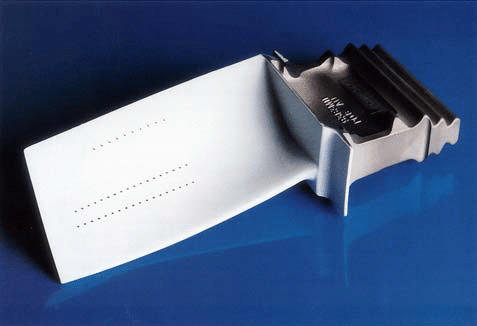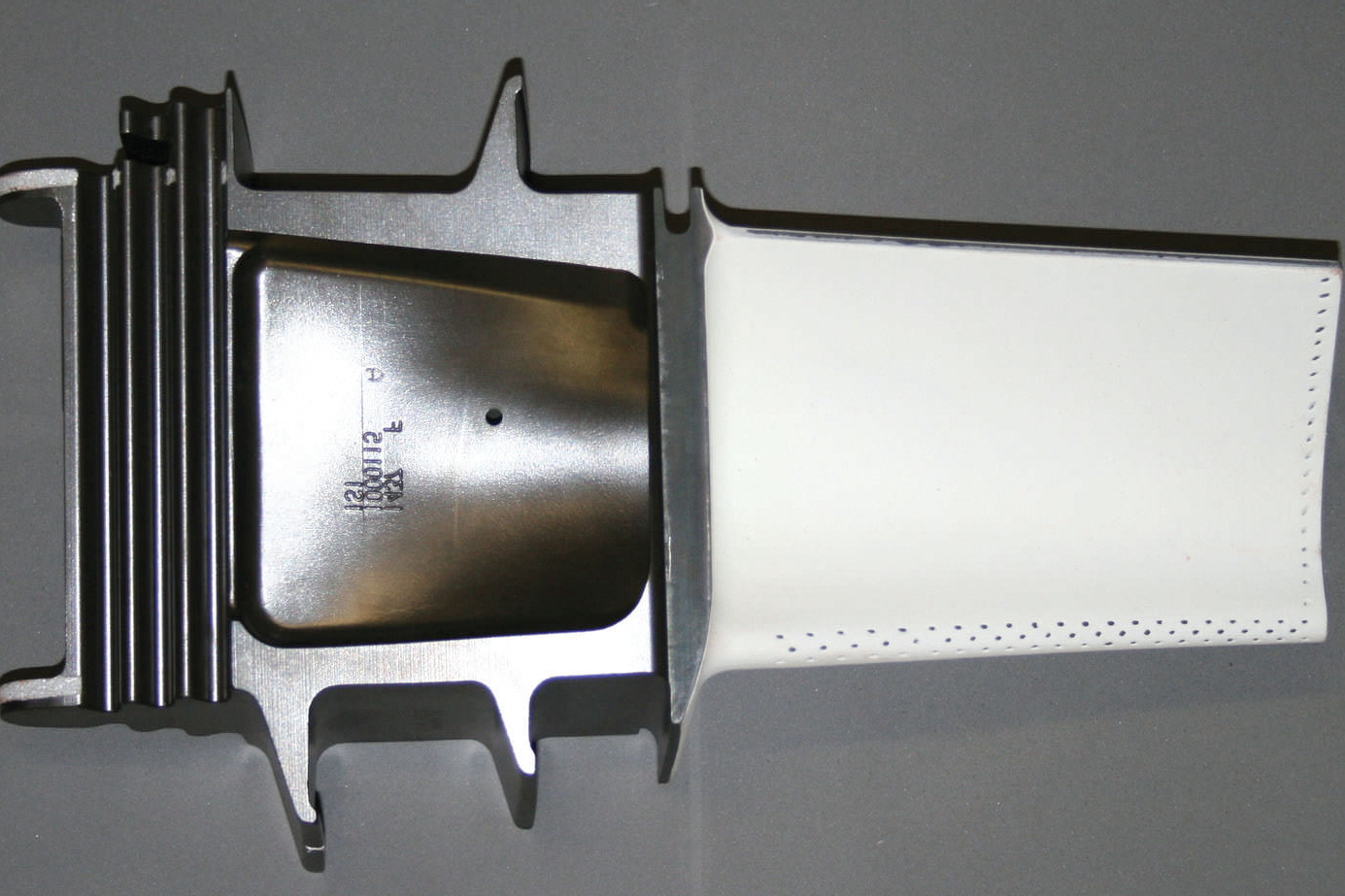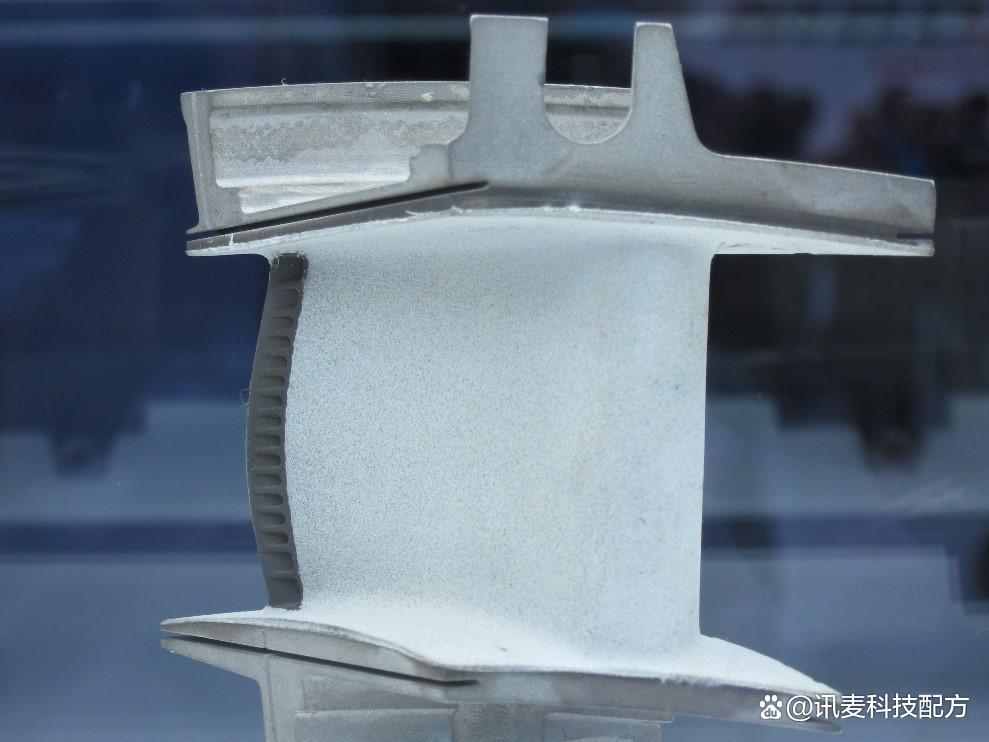What are the challenges of applying and maintaining Thermal Barrier Coatings?
What Are the Challenges of Applying and Maintaining Thermal Barrier Coatings?
Adhesion and Interface Stability
One of the primary challenges in applying Thermal Barrier Coatings (TBCs) is ensuring strong and durable adhesion between the ceramic topcoat and the metallic substrate. Due to differing coefficients of thermal expansion (CTE), especially between materials like yttria-stabilized zirconia and substrates such as Inconel 625 or Ti-6Al-4V, thermal cycling can cause delamination or cracking at the interface.
Solution: Applying a metallic bond coat (typically MCrAlY alloys) and pre-coating surface roughening (via sandblasting) improves adhesion. Proper CNC machining of flat surfaces also enhances coating uniformity and bond strength.
Coating Cracks and Porosity
TBCs, especially those applied via air plasma spray (APS), naturally contain microcracks and porosity to accommodate thermal stress. However, excessive porosity or uncontrolled cracking can weaken the coating, resulting in early failure during high-cycle operation in aerospace and energy systems.
Solution: Controlled deposition techniques and post-deposition heat treatments help optimize porosity and crack patterns for durability. Heat Treatment can further stabilize the coating microstructure before use.
Difficulty in Coating Complex Geometries
3D printed components often feature intricate internal channels or lattice structures made via Powder Bed Fusion. These non-line-of-sight geometries make uniform TBC application difficult, potentially resulting in uneven coverage or thermal hotspots.
Solution: Adaptive masking, robotic spray systems, and digital path control help improve coating uniformity. For internal protection, materials manufactured using Ceramic 3D Printing may eliminate the need for post-applied coatings altogether.
Degradation from Erosion and Environmental Exposure
Over time, TBCs degrade due to erosion, calcium-magnesium-alumino-silicate (CMAS) attack, and molten salt exposure in harsh operating conditions—common in turbine engines and combustion environments.
Solution: Protective topcoat modifications and multilayer systems help delay environmental degradation. Periodic inspection and recoating may be required as part of scheduled maintenance, particularly in high-load automotive or defense systems.
Recommended Services to Address TBC Challenges
Neway provides advanced solutions to apply and maintain high-performance TBCs:
3D Printing for Coatable Base Materials:
Superalloy 3D Printing: For thermally loaded turbine and nozzle parts.
Titanium 3D Printing: For components exposed to high-temperature cycling.
Ceramic 3D Printing: For heat-resistant applications without the need for external TBCs.
Surface and Structural Optimization:
Thermal Barrier Coatings (TBC): Applied with controlled thickness and bond quality.
Heat Treatment: Stabilizes the base material before coating.
Hot Isostatic Pressing (HIP): Improves substrate density for better coating performance.



